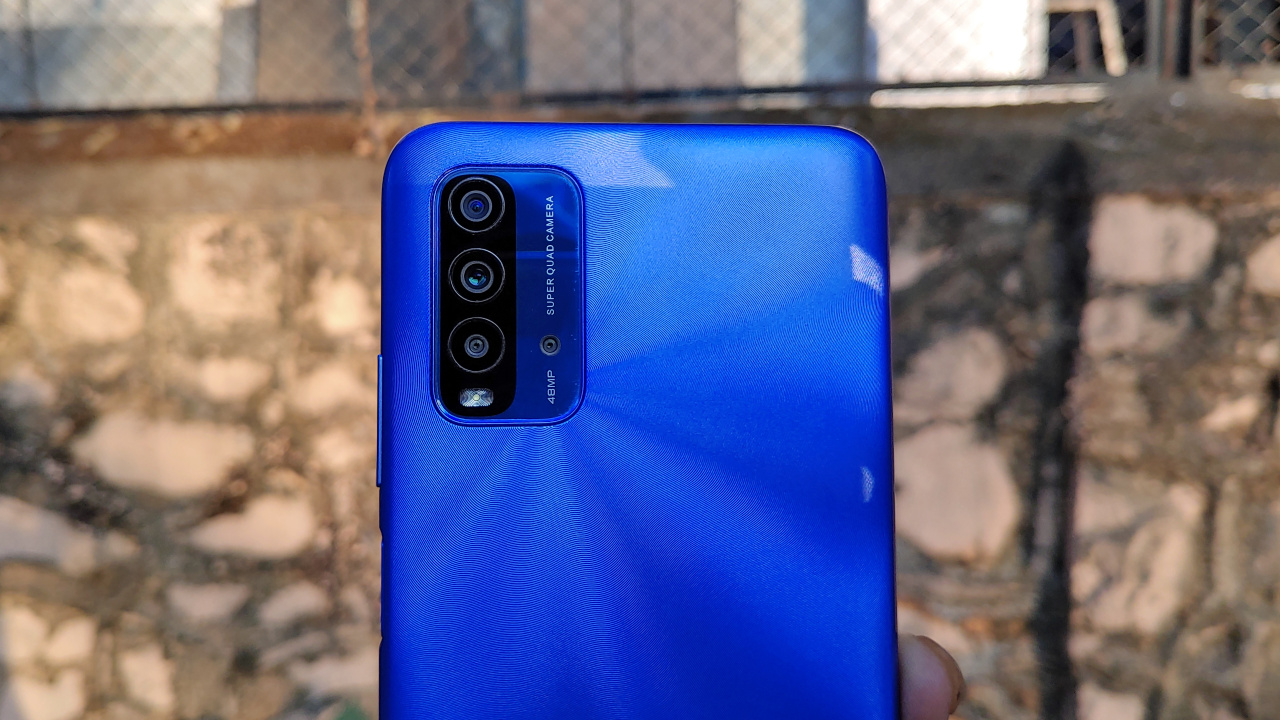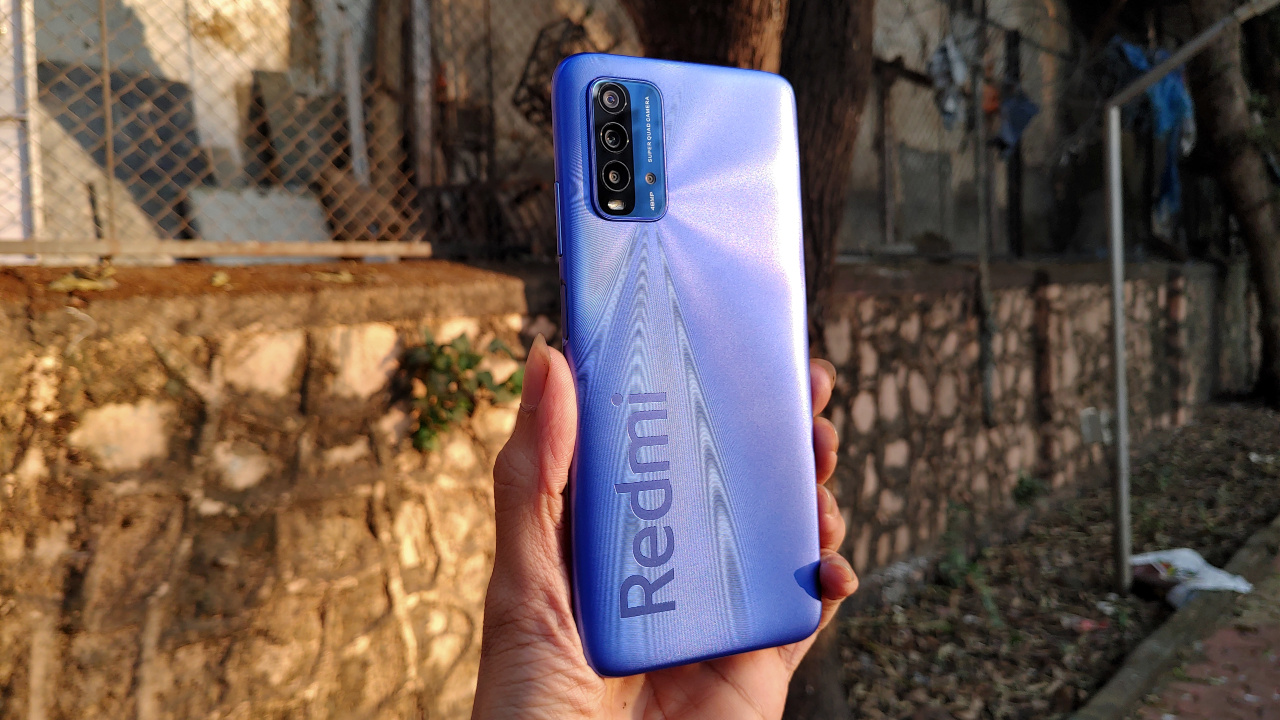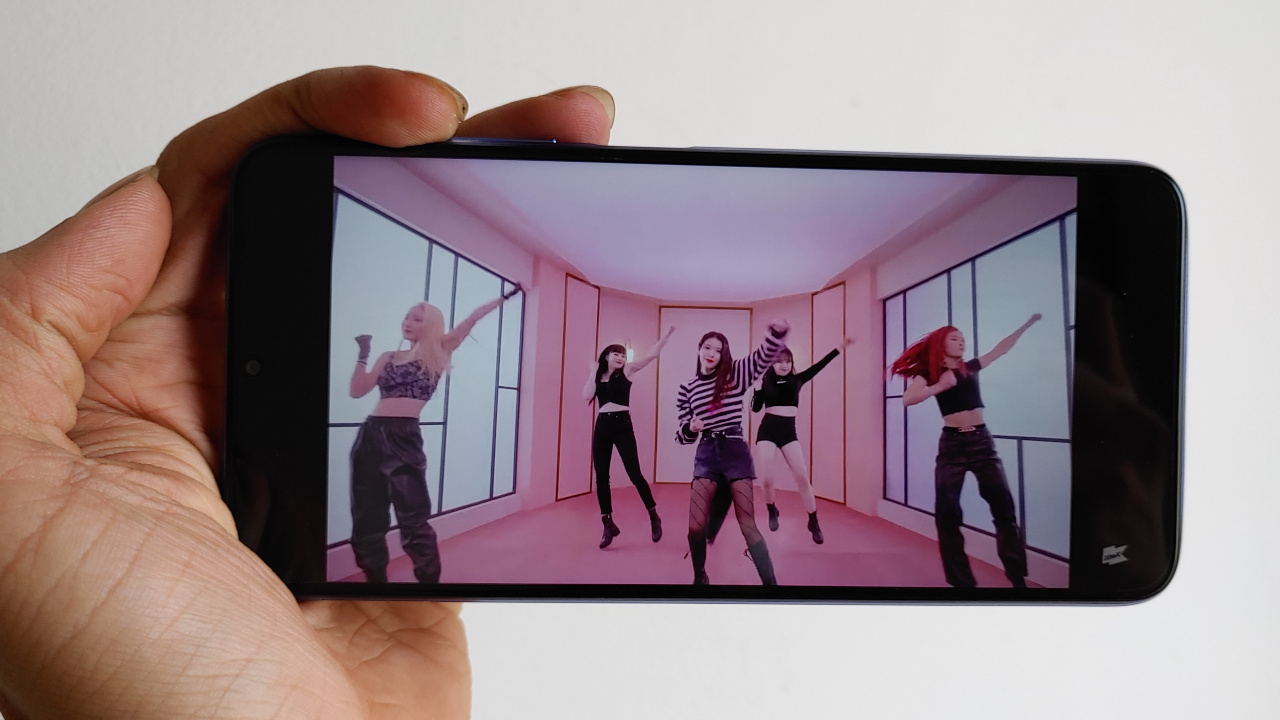

Reviewing a mobile phone has become relatively straightforward because brands like Xiaomi are releasing a new phone every month. While the successive launch of new phones has slowed down in the last few months, I’m yet to review one of the last phones of 2020 — the Redmi 9 Power.
The Redmi 9 series continues its predecessors’ legacy and aims to provide maximum features at the most affordable price. In fact, Xiaomi’s own portfolio is often confusing for the customer. The Redmi 9 Power is a brand new offering that’s supposed to be pushed to the extreme.
The Redmi 9 Prime is priced slightly lower, so what’s different about the Power? Plenty. Let’s find out!
It has a 6.5-inch LCD with a water-drop notch
The back has a grooved design that’s very grippy
For authentication, it gets a side-mounted fingerprint scanner
So far, all the usual Xiaomi features. So, what’s new?
The phone looks like a very conventional affordable phone consisting of polycarbonate construction. However, it feels very solid in hand. There’s no flimsy plastic or poor build, and I managed to drop it quite a few times, without any visible damage. Keep in mind, the plastic body is helping reduce the phone’s overall weight.
The outside of the phone may not be very amusing, but the internals indeed are. The phone packs a 6000mAh battery that supports 18W charging, so you’re practically never going to run out of juice. The phone easily lasts two days with heavy usage, and I often ended up using it as a power bank for my headphones, smartwatch, and even secondary phone (albeit very slow).
If you travel a lot, this phone can be an ideal secondary phone. It rarely runs out of charge, and you can afford to deplete your battery in low network regions. Another useful application of the phone is for studying online. Students can attend a full day’s lecture with the display switched on without needing a charger.
The Redmi 9 Power takes a little more than two hours to completely charge the battery but provides an insane screen-on-time of more than nine hours. No wonder the phone is called Power.
Designed for entertainment
The phone has a 6.5-inch display that’s bright enough, produces accurate colors, and offers decent viewing angles. At this point, Xiaomi has figured out the affordable display formula, and all their budget phones have consistent results.
Although, when paired with the massive battery, this phone is perfect for non-stop entertainment. Watch as many YouTube videos as you can, or maybe even binge-watch a show on Netflix. There’s a chance the show will end, but the phone still chugs along. The phone is available in 64GB and 128GB internal storage options, which is expandable via a microSD card.
Powering the phone is a Snapdragon 662 chipset, which is a slightly boosted sibling of the Snapdragon 660. It incorporates a faster Adreno 610 GPU, but don’t expect a radical change in gaming experience than the Redmi 9 Prime, which an Helio G80 processor powers. The phone comes with 4GB RAM only, so it’s safe to assume that it isn’t designed for hardcore gaming.
MIUI runs smoothly on the phone and enhances the user experience to a great extent. The Android skin is conveniently customizable based on preference, and day-to-day tasks are a breeze. I tried Call of Duty: Mobile, Asphalt 9, and Sniper Fury on the phone, and all of them ran smoothly. The phone rarely heats up unless you’re pushing it to the peak with performance and charging.
A reliable set of lenses
It has a quad-camera setup that consists of a 48-megapixel primary camera, an 8-megapixel wide-angle lens, a 2-megapixel macro sensor, and a 2-megapixel depth sensor. Together, the cluster gives many options to users, and MIUI’s add-ons further extend this. In a nutshell, the pictures range from good to decent, with nothing exceptionally good or bad.
- Wide-angle
- Normal (1.0x)
- Zoomed (2.0x)
Daylight pictures are capture a lot of detail but look dull due to inaccurate color saturation. In many pictures, the highlights are blown out, further making the image look unsatisfying. The same highlights issue is also observed in low-light shots.
Indoor pictures are pretty good, but it does feel like the phone needs a lot of manual attention to click an image. Xiaomi has made phones in the past that have sported brilliant cameras for the price. The wide-angle sensor works as you’d expect it but sometimes manages to distort the edges. Thankfully, the macro and depth sensor are uniform across all Xiaomi phones.
Coming to the front, there’s a 13-megapixel shooter located in a water-drop style notch. The selfies are on point and look appealing. You can toggle on/off the beauty mode based on your requirement or even tune it. The AI-based portrait mode is pretty good actually and detects edges accurately.
Is this your GadgetMatch?
If you’re looking for a phone that never runs out of juice and keeps you away from the wall as much as possible, this phone is perfect for you. I’ve also suggested the phone to many folks who’re using a flagship phone but would love to have a secondary option at an affordable rate. The Redmi 9 Power can seamlessly complement an iPhone or a Note 10.
With a starting price of INR 11,999 (US$ 165), the phone carves a perfect balance of features that make it a must-have. The display is enjoyable, the performance is above average, an unbeatable battery, and the goodness of MIUI. If you have a slightly flexible budget, the Redmi Note 9 is also a good pick that offers a much-improved design.

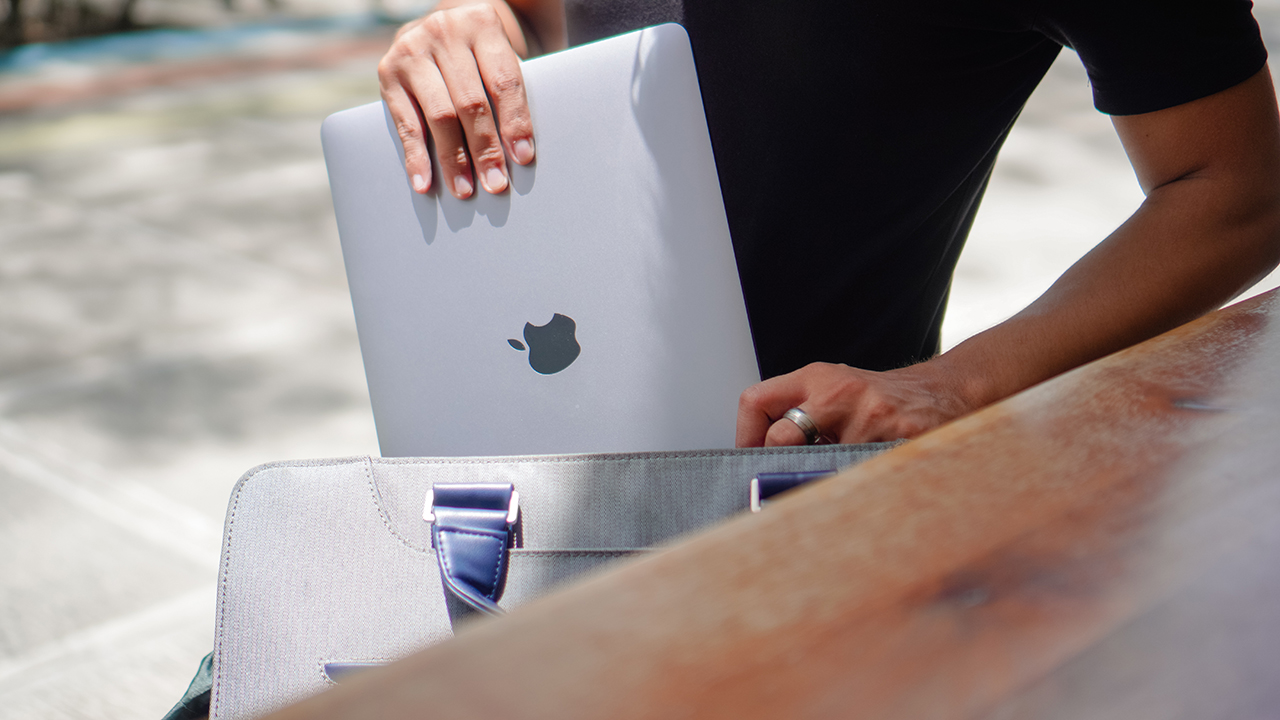
There’s no doubt that India is a major market for technology. While the country has its own brand preferences outside of the world’s usual, everyone still wants to get a piece of the market. To the dismay of global companies, the country is realizing the potential of its own market. Effective immediately, India has started restricting imports for new laptops, tablets, and PCs.
Recently, India made some headlines in the smartphone industry. A few companies, including Apple, have poured funds into building factories in India. Locally produced devices will allow these companies to attract the Indian market better. With the new regulations out today, it looks like these brands are going to enjoy a head start over others who aren’t in the country yet.
The Indian government introduced a new restriction (via Reuters) against the importation of “laptops, tablets, all-in-one personal computers, and ultra-small form factor computers and servers” made from other countries. Customers, however, will get an exemption. Airline passengers can still bring in these devices in their luggage. Additionally, a single imported device is allowable when bought through e-commerce platforms. Companies can import their products only by applying for a special license.
In a nutshell, bulk orders without a license are out. The government is instead encouraging users to buy locally produced products as part of its “Make in India” program. At the very least, it’s not a total ban on foreign brands. For example, Dell, HP, and Lenovo are exempt from the regulations since they already have production facilities built in the country.
SEE ALSO: Samsung overtakes Xiaomi as top phone brand in India

Attacking a huge smartphone market is difficult. With preferences constantly evolving, it can get tricky to figure out the best lineup to capture most of a market. Samsung, however, has just done it. In the last quarter of 2022, Samsung has taken the crown from Xiaomi as the bestselling smartphone brand in India.
India is an important market for most smartphone brands. It’s one of the largest markets in the world. However, despite its size, the biggest players are often those who offer more affordable devices for consumers. Budget is the name of the game if a brand wants to make it big in the country.
Things are changing, though. According to new market data (via Reuters), Samsung has nabbed the throne from the former leader, Xiaomi. In the last quarter of 2022, the Korean brand grabbed 20 percent of the market, while the latter only got 18 percent.
In a trend dubbed as premiumization, Indian consumers are reportedly enjoying more disposable income, resulting in more willingness to buy pricier products. Additionally, the report hints that consumers have started equating lower prices with inferior quality.
With the market trending towards more premium products, Samsung took the lead with a lineup that consists more of midrange to premium devices. It will also be interesting to see if Apple, an even more premium brand, can also make a dent in the Indian market.
SEE ALSO: Buyer’s Guide: Samsung Galaxy S23 Ultra
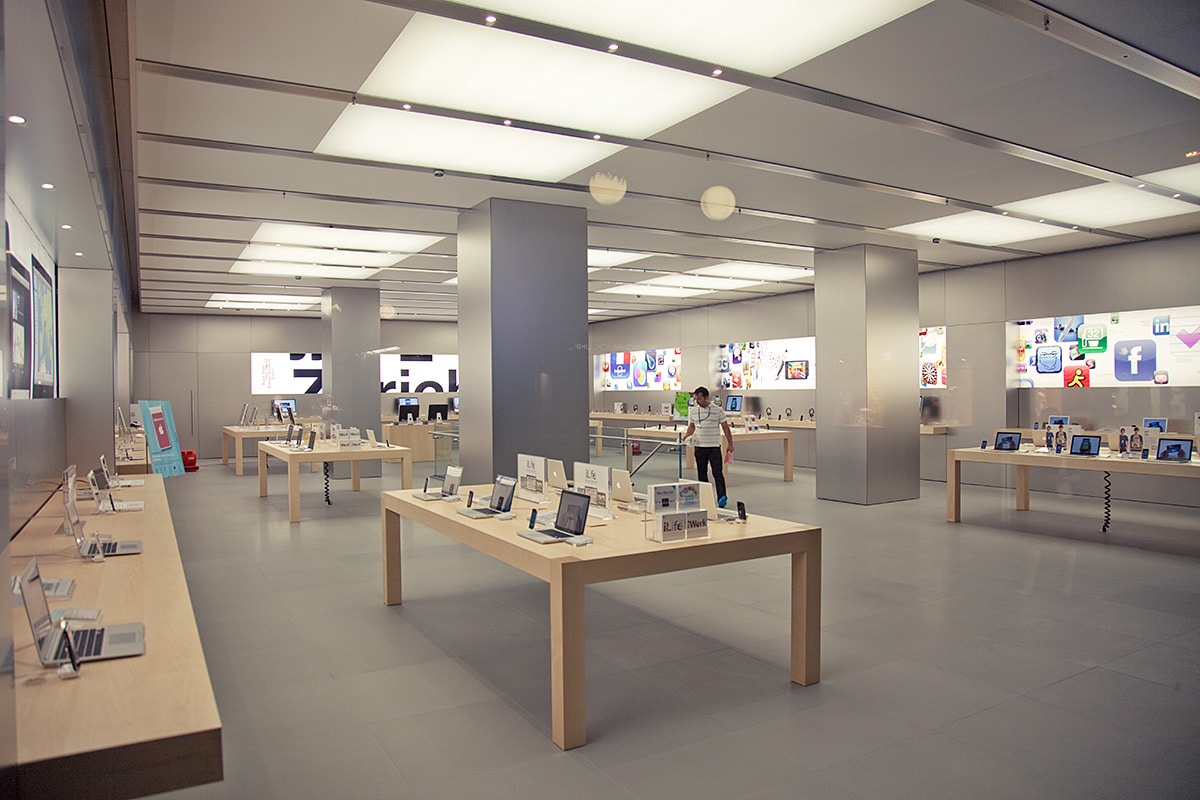
For one of the largest smartphone markets in the world, India is one of the rarer countries where Apple does not outright dominate. Undoubtedly, the company is trying to change that. Ongoing job listings in India are suggesting that Apple is ready to open its first brick-and-mortar store in the country.
First reported by Financial Times, Apple has posted job openings in India for several retail roles including for the iconic Genius Bar. Another clue even indicates that some spots have already been filled ahead of time. A few employees in the country have reportedly posted about their new jobs on LinkedIn.
Unfortunately, none of the job listings show how many stores are planned and where they will be. Narrowing things down by a bit, a few of the confirmed employees are from Mumbai and New Delhi. The report also does not indicate when the stores will open. However, since a few have already been hired, a grand opening might be coming soon.
Apple has a lot to gain by strengthening its foothold in India. The country is an important stronghold for smartphone companies. However, the company might find things harder as time goes by. The country recently dictated that brands must switch to USB-C if they want to sell their devices in India. All over the world, Apple remains the last stalwart against adopting the more universal standard.
-
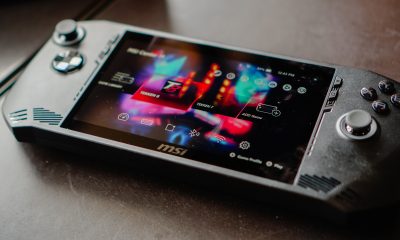
 Features2 weeks ago
Features2 weeks agoWhy choose the MSI Claw?
-

 Reviews7 days ago
Reviews7 days agorealme 12 5G review: It was enchanting to meet you
-

 Buyer's Guide2 weeks ago
Buyer's Guide2 weeks ago2024 Samsung TV: Buyer’s Guide
-

 Reviews2 weeks ago
Reviews2 weeks agoJBL Soundgear Sense review: Make every run magical
-

 Smartphones2 weeks ago
Smartphones2 weeks agoHuawei Pura 70 series is live in China
-

 Reviews3 days ago
Reviews3 days agoOnePlus 12R review: Making sense of OnePlus’ latest flagship
-

 Reviews2 weeks ago
Reviews2 weeks agoChallengers review: A thrilling drama wrapped as a tennis anime
-
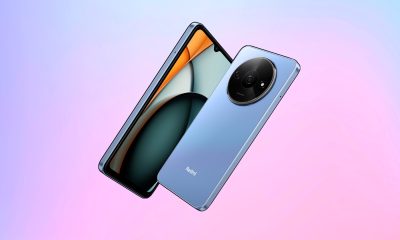
 News1 week ago
News1 week agoXiaomi Redmi A3 Philippine pricing, availability



